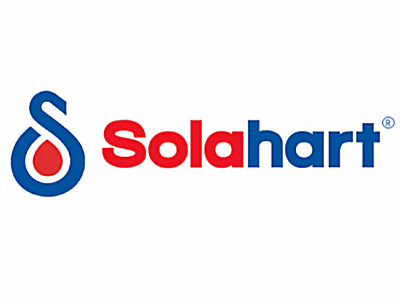

Finn's SolaHart Panels Review & Verdict
Finn Peacock has been a Chartered Electrical Engineer since 1998, and is ex-CSIRO
Solahart has been selling thermal solar hot water systems since they were founded in Perth in 1953. They now also install solar PV and have their own Solahart brand panels, which are sourced from manufacturers in China.
Solahart is owned by the Australian hot water company Rheem, which is owned by the Japanese company Paloma. Solahart has locations throughout Australia, and we consider their panels reliable and well-supported.
SolaHart Panels: Pros & Cons
- Backed by an Australia based company that has been around for over 70 years
- High efficiency: 22% for Silhouette panels and 22.5% for SunCell panels
- Solahart has stated panel warranties won't be affected by minor shading
- Long 30 year performance warranties with low permitted rates of deterioration
- Long product warranties of 25 years for SunCell panels and 30 years for Silhouette panels
- While an Australian based company, Solahart does not manufacture panels in Australia
About SolaHart
Company Info
Solahart was founded in 1953. But their origins go back to 1901 when Hart & Co. opened a plumbing business in Perth. This is the reason why Solahart can’t spell “heart”. (You’ll have to ask them yourselves why they can’t spell “solar”.)
From the start Solahart found themselves in hot water – in a good way – by manufacturing and selling solar thermal hot water systems to homes and businesses. In 1963 they produced their first export model, giving Australia an early start in the global solar market.
In 1998 Solahart was bought by Rheem – a large Australian hot water system manufacturer. Rheem is an Australian company but does most of their manufacturing in Vietnam. A few years later, in 2001, Rheem – along with Solahart – was bought by Paloma Co. Ltd., an even larger Japanese company mainly focused on gas hot water and gas heating.
Solahart has a presence in over 70 countries. Their systems have been installed include at Everest Base Camp and in Antarctica. They say they've installed over one million systems. Most of these would have been thermal solar hot water, but in 2023 Solahart said they had installed 1 million solar panels in Australia.
Solahart still sells thermal solar hot water systems, but these are niche products. Normal households are now better off with rooftop solar PV and electric hot water - either a conventional electric hot water system or an energy-efficient heat pump. Solahart sells both of these, along with home batteries and EV chargers.
Rebadged Panels
Solahart doesn’t manufacture their own solar panels. They source them from manufacturers in China who put Solahart's brand on them rather than their own. This is called rebadging. Sometimes rebadging is used to make low-quality products seem better than they are, but we’re confident Solahart sources reliable panels.
Because they're rebadged and imported from China by Solahart, this makes Solahart responsible for their warranties. If Solahart goes bust and disappears, you can’t make a warranty claim from the original Chinese manufacturer.
Two Solahart Panels
Solahart’s two panels are the SunCell and Silhouette. You can check out their technical details and compare them to other panels we recommend on our Solar Panel Comparison Table.
SunCell Panels
Of Solahart’s two panels - the SunCell and the Silhouette – I’d normally say the Silhouette is the premium product, but Solahart insists SunCell panels are a premium product while Silhouette is a platinum product. (Note: There’s no actual platinum in solar panels.)
Like most panels these days, SunCell has half-cut solar cells. Its datasheet shows it has a black frame and a white backsheet. Because this backsheet can be seen around the edge of the panel and through the gaps between solar cells, it means it’s not an “all black” panel.
Silhouette Panels
The Silhouette is an all-black panel. No white plastic backsheet is visible. It doesn’t even have one. Instead, the solar cells are between two sheets of glass, which lets it use light from the front and back. This makes it a bifacial panel and these are now popular because having two sheets of glass improves panel reliability and longevity.
In most rooftop solar installations, the panels are only cm above the roof surface. This means very little light can get in from the sides and hit the back of the panel, so bifacial panels give little or no benefit. But it doesn’t hurt to use them. If they are instead mounted in racks that allow light to hit them from behind, it can improve their output. But for most installations, it costs less and is more practical to lay them flat.
The Silhouette is also a shingle panel. This means instead of having solar cells that are cut in half like a regular panel, they are cut into strips and placed so they slightly overlap each other. This makes the panel look a little different, as you can see from its datasheet, but it’s not something you can really notice once they are up on a roof. But it is possible to notice they are all-black panels.
Dimensions
SunCell panels are 1.34m wide and 1.72m tall. Silhouette panels are a little taller at 1.34m x 1.76m.
High Efficiency
In 2024, I’m willing to say any solar panel with an efficiency of 22% or more is “high efficiency.” As SunCell panels are 22.5% efficient, they make the cut, while Silhouette panels just scrape in with 22% efficiency.
Average Heat Tolerance
Heat causes solar panels to lose efficiency. Typical modern solar panels have their efficiency decline by about 0.29% per degree over 25 degrees Celsius. This is the exact amount SunCell and Silhouette panels lose, making them spot-on typical. Both panels have exactly the same performance loss due to heat, despite all-black panels usually doing worse.
Minor Shading Is Okay
It's not unusual for rooftop solar panels to be shaded in the early morning and late afternoon, so it’s often important for them to have a warranty that won’t be affected by this minor shading.
Unfortunately, the installation manuals for the SunCell and Silhouette panels are unclear on how much they can be shaded. They state:
“Modules should be installed in a shade-free position. Even minor or partial shading of the modules/array will reduce array/system output. A module is considered shade free when it is both:
- Free from shade or shadows all year round.
- Exposed to several hours of direct sunlight, even during the shortest days of the year."
The first point makes it seem the panels can’t be shaded at all, so I contacted Solahart and they told me the warranty will not be affected by minor shading early or late in the day.
Hail Resistance
Solahart panels have standard resistance to hail. This isn’t bad, but there are panels that can take more of a pounding. Solahart panels have IEC 61215 certification. Among other things, this means they can survive multiple impacts by 25mm hail traveling at 23 meters per second without suffering more than a 5% decline in performance. This is hail as wide as a $1 coin travelling at 83km per hour – faster than hail that size usually falls. This means the panels can survive normal hail, but extreme hail may ruin them. On the bright side, it can be far cheaper to replace a solar panel than repair a hole in the roof.
WA’s Wind Zone D Is Forbidden
Solahart panels are not certified for and can’t be installed in Western Australia’s Wind Zone D, which can be hit by the most powerful cyclones that exist on the planet. But the chances of an Australian living there are literally one in a thousand. If you do live there – try not to die.
Many panels aren’t suitable for installation in this zone, so there’s nothing unusual about this. Wind Zone D is only a small strip of land that’s barely longer than most countries, stretching from Carnarvon, past Port Hedland, to the start of 80 Mile Beach. (I don’t think it includes 80 Mile Beach on account of how it’s still there.)
Not Suitable For The Seaside
Solahart panels are not suitable for installation by the sea. Their installation manual says they should not be installed:
“...in direct contact with salt water/spray. Avoid installing in areas subject to high salt mist content.”
This means coastal locations where exterior steel rusts faster than normal rate are unlikely to be suitable for Solahart panels. If you’re not sure if your location is okay, you should talk to your installer.
Best Not To Lay Them Flat
Solahart recommends installing panels at a tilt of at least 10° so rain can effectively wash them clean.
Recommended Maintenance
On page 23 of the Owner’s Guide for Solahart PV Systems, there is a page listing recommended maintenance. What's recommended is definitely excessive in my opinion. I’ve contacted Solahart about this, and they have told me their solar panel warranty will not be affected if this maintenance isn’t carried out. Hopefully, this will be made clear in future versions of their warranty or owner’s guide.
Performance Warranty: 30 Years
Performance warranties promise the output of panels will not deteriorate by more than a set amount over a given period of time. Solahart SunCell and Silhouette panels have identical performance warranties of 30 years. They allow a decline of 1% in their first year and a maximum decline of 0.4% of their original capacity in each subsequent year. This means they’ll have at least 89.4% of their original capacity in their 25th year and at least 87.4% in their 30th year.
Product Warranty: SunCell 25 Years, Silhouette 30 Years
The product warranty covers defects in materials and manufacture. Generally speaking, if your panel stops working for no external reason, the product warranty applies. Because it’s difficult to measure panel deterioration, the product warranty is generally considered more important than the performance warranty. Both Solahart panels have long product warranties. The SunCell has 25 years and the Silhouette has 30 years.
We Can Recommend Them
Because we believe Solahart panels are reliable panels and because they’re backed by a well-known Australian-based company that has been around for over 70 years, SolarQuotes has no problem recommending Solahart panels.
If you have Solahart panels, please feel free to share your thoughts about their quality and performance by leaving a review and rating.
SolaHart has 2 solar panels in our database
Filter by:
SolaHart Reviews (56)
Show Most Relevant reviews from All time
- 5 star 45
- 4 star 8
- 3 star 1
- 2 star 0
- 1 star 2
View Timeline
14 October 2023
04 June 2023
all of which are wired separately as to benefit from the chance of shading from trees close by.
04 September 2022
27 August 2021
03 May 2021
09 February 2021
31 August 2025
28 July 2024
14 September 2023
22 May 2023
21 November 2022
05 October 2022
21 July 2022
09 May 2022
03 March 2022
05 February 2022
20 January 2022
11 December 2021







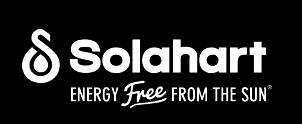
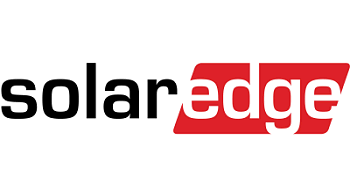


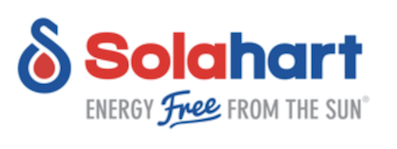


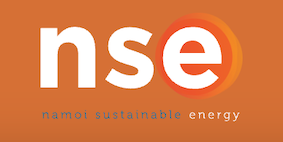
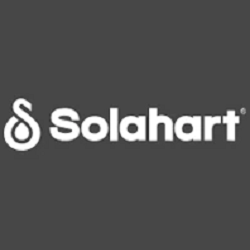
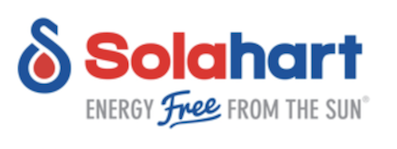
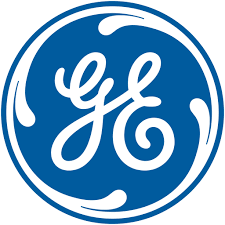



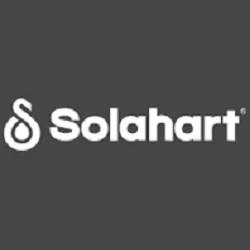
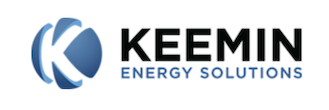
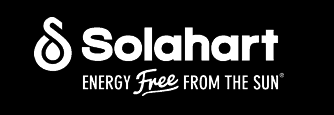
I had 31 N-Type 415W SolaHart Silhouette panels (12.86Kw) fitted to my roof and after 12 months they have generated extremely well averaging about 5% more than I had calculated for their first years use.
I have historical data for Sun hours going back about a decade and factored this data in, so to have these panel out perform my calculations by such a degree was very pleasing.
SolaHarts estimations were more conservative than mine, so for the time being the 30-year performance warranty (for what that's worth) isn't going to be needed any time soon.
They look very smart and have self cleaned very well over the year.